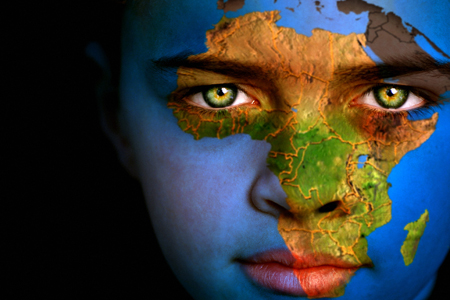• The WHO/UNICEF 2000 Assessment statistics for sanitation for 43 of Africa’s large cities showed that 19% of the population remains unserved. Among these populations, only 18% have toilets connected to sewers, a very low proportion as confirmed by an analysis of the Demographic and Health Surveys suggesting that a mere 25% of Africa’s urban population has access to toilets connected to sewers.
This conclusion is also supported by statistics on the proportion of households with sewer connections in the largest city in each African nation. In most of these cities, less than 10% of the population has sewer connections while in many, including Abidjan (Cte dIvoire), Addis Ababa (Ethiopia), Asmara (Eritrea), Brazzaville (Congo), Cotonou (Benin), Kinshasa (Congo), Libreville (Gabon), Moroni (Comoros), NDjamena (Republic Of Chad), Ouagadougou (Burkina Faso), and less than 2% have connections.
• By the 1990s, among 67 urban centres in 29 African nations (including most of the continents largest cities), 58% were using at least rivers 25 kilometres away, and just over half of the urban centres that relied on rivers depended on interbasin transfers.
• In Africa, about 85% of water withdrawals are for agriculture, but this figure varies considerably from one region to another:
– Arid regions, where irrigation plays an important role in agriculture, have the highest level of water withdrawal for agriculture;
– North Africa alone represents more than half of the continents agricultural withdrawal;
– The humid regions show the lowest agricultural withdrawals: 62% for the Gulf of Guinea and 43% for the Central region.
• Malaria has been estimated to cost Africa more than USD$12 billion every year in lost GDP. Economists believe that this disease is responsible for a growth penalty of up to 1.3% per year in some African countries.
• Malaria is Africa’s leading cause of mortality for children under the age of five (20%) and constitutes 10% of the continent’s overall disease burden. This disease kills an African child every 30 seconds.
• An estimated 246.7 million people worldwide are infected with the parasitic Schistosoma flatworm, which causes Schistosomiasis, also known as bilharzias. 80% of the transmissions of this disease take place in Sub-Saharan Africa.
• In some mountainous regions of East Africa, women spend up to 27% of their caloric intake in collecting water
• It has been calculated that in South Africa alone, women collectively walk the equivalent distance of 16 times to the moon and back per day gathering water for their families.
• The Middle East and North Africa is the most water-scarce region of the world. Home to 6.3 percent of the world’s population, the region contains only 1.4 percent of the world’s renewable fresh water. Twelve of the world’s 15 water-scarce countries are in this region.
• Due to population growth, the per capita annual renewable fresh water for the Middle East and North Africa had decreased from 3,645 to 1,640 m3 and will reduce to 1,113 m3 in 2025. Among the countries in this region, Iraq had the most per capita annual renewable fresh water as 4,087 m3, whereas Kuwait had the smallest amount as just 9 m3 in 2001.


